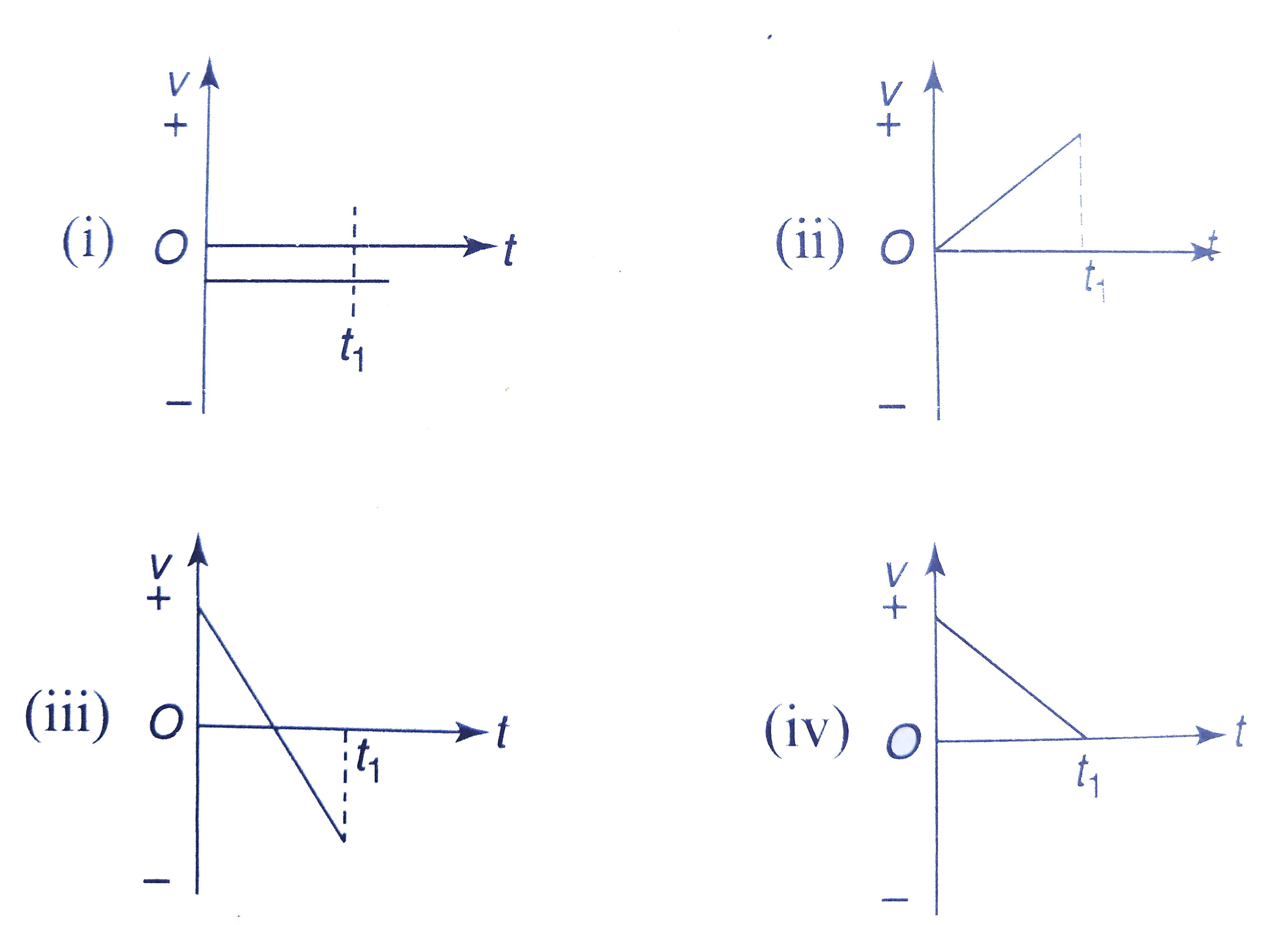Which quadrant has both ordinate and abscissa negative?
I
II
III
IV
The correct Answer is:C
To determine which quadrant has both the ordinate (y-coordinate) and abscissa (x-coordinate) negative, we can analyze the Cartesian coordinate system step by step.
1. Understand the Coordinate System:
- The Cartesian coordinate system is divided into four quadrants based on the signs of the x (abscissa) and y (ordinate) coordinates.
- The quadrants are defined as follows:
- First Quadrant: x > 0 and y > 0 (both coordinates are positive)
- Second Quadrant: x < 0 and y > 0 (x is negative, y is positive)
- Third Quadrant: x < 0 and y < 0 (both coordinates are negative)
- Fourth Quadrant: x > 0 and y < 0 (x is positive, y is negative)
2. Identify the Quadrant with Negative Coordinates:
- We need to find the quadrant where both x and y coordinates are negative.
- From the definitions above, we see that in the Third Quadrant, both x and y are negative (x < 0 and y < 0).
3. Conclusion:
- Therefore, the quadrant that has both the ordinate and abscissa negative is the Third Quadrant.
Final Answer:
The quadrant that has both ordinate and abscissa negative is the Third Quadrant.
- The Cartesian coordinate system is divided into four quadrants based on the signs of the x (abscissa) and y (ordinate) coordinates.
- The quadrants are defined as follows:
- First Quadrant: x > 0 and y > 0 (both coordinates are positive)
- Second Quadrant: x < 0 and y > 0 (x is negative, y is positive)
- Third Quadrant: x < 0 and y < 0 (both coordinates are negative)
- Fourth Quadrant: x > 0 and y < 0 (x is positive, y is negative)
- We need to find the quadrant where both x and y coordinates are negative.
- From the definitions above, we see that in the Third Quadrant, both x and y are negative (x < 0 and y < 0).
- Therefore, the quadrant that has both the ordinate and abscissa negative is the Third Quadrant.
The quadrant that has both ordinate and abscissa negative is the Third Quadrant.
Topper's Solved these Questions
- BOOK - CBSE COMPLEMENTARY MATERIALCHAPTER - PRACTICE QUESTION PAPER-2EXERCISE - PART B8videos
PRACTICE QUESTION PAPER-2
- BOOK - CBSE COMPLEMENTARY MATERIALCHAPTER - PRACTICE QUESTION PAPER-2EXERCISE - PART C7videos
PRACTICE QUESTION PAPER-2
- BOOK - CBSE COMPLEMENTARY MATERIALCHAPTER - POLYNOMIALSEXERCISE - Practice Test8videos
POLYNOMIALS
- BOOK - CBSE COMPLEMENTARY MATERIALCHAPTER - PRACTICE TEST QUESTION PAPER 1EXERCISE - SECTION-D5videos
PRACTICE TEST QUESTION PAPER 1
Similar Questions
Knowledge Check
- Question 1 - Select One
Find the point in the parabola y2=4x at which the rate of change of the ordinate and abscissa are equal.
A(1,2)B(2,1)C(4,4)D(-1,4) - Question 2 - Select One
At any point on a curve , the slope of the tangent is equal to the sum of abscissa and the product of ordinate and abscissa of that point.If the curve passes through (0,1), then the equation of the curve is
Ay=2ex22−1By=2ex22Cy=e−x2Dy=2e−x2−1 - Question 3 - Select One
In which of the graphs both net displacement and velocity are negative ?
 AGraph (iii) and (iv)BGraph (i) and (ii)CGraph (i) onlyDGraph (iv) only
AGraph (iii) and (iv)BGraph (i) and (ii)CGraph (i) onlyDGraph (iv) only
Given the ordinate and abscissa for each of the following points:
A(2,3)View SolutionGiven the ordinate and abscissa for each of the following points:
C(0,7)View SolutionGiven the ordinate and abscissa for each of the following points:
B(3,2)View SolutionGiven the ordinate and abscissa for each of the following points:
D(3,0)View SolutionIn which quadrant are the following
(i) Whose both co-ordinates are positive.
(ii) Whose both co-ordinates are negative.View Solution

